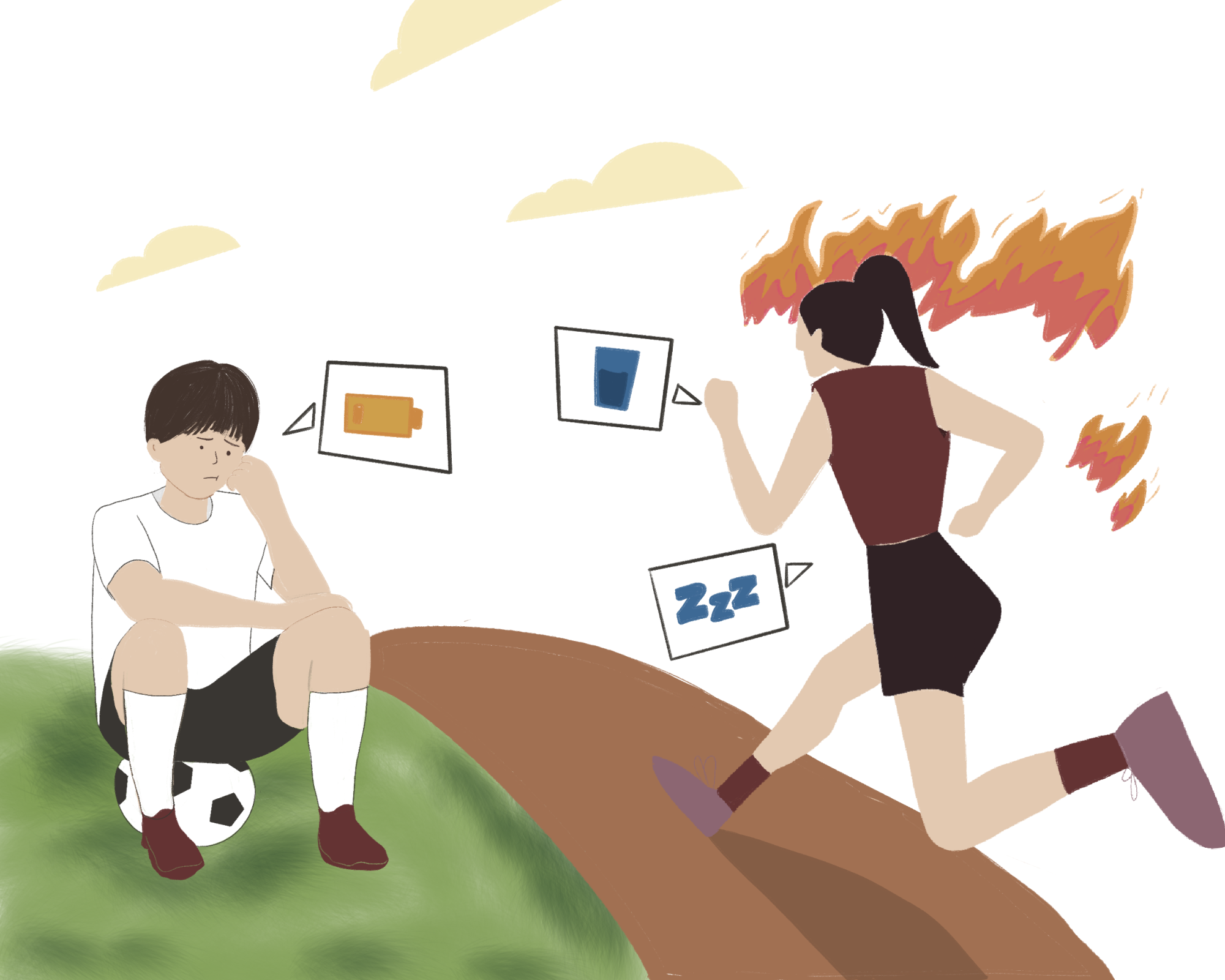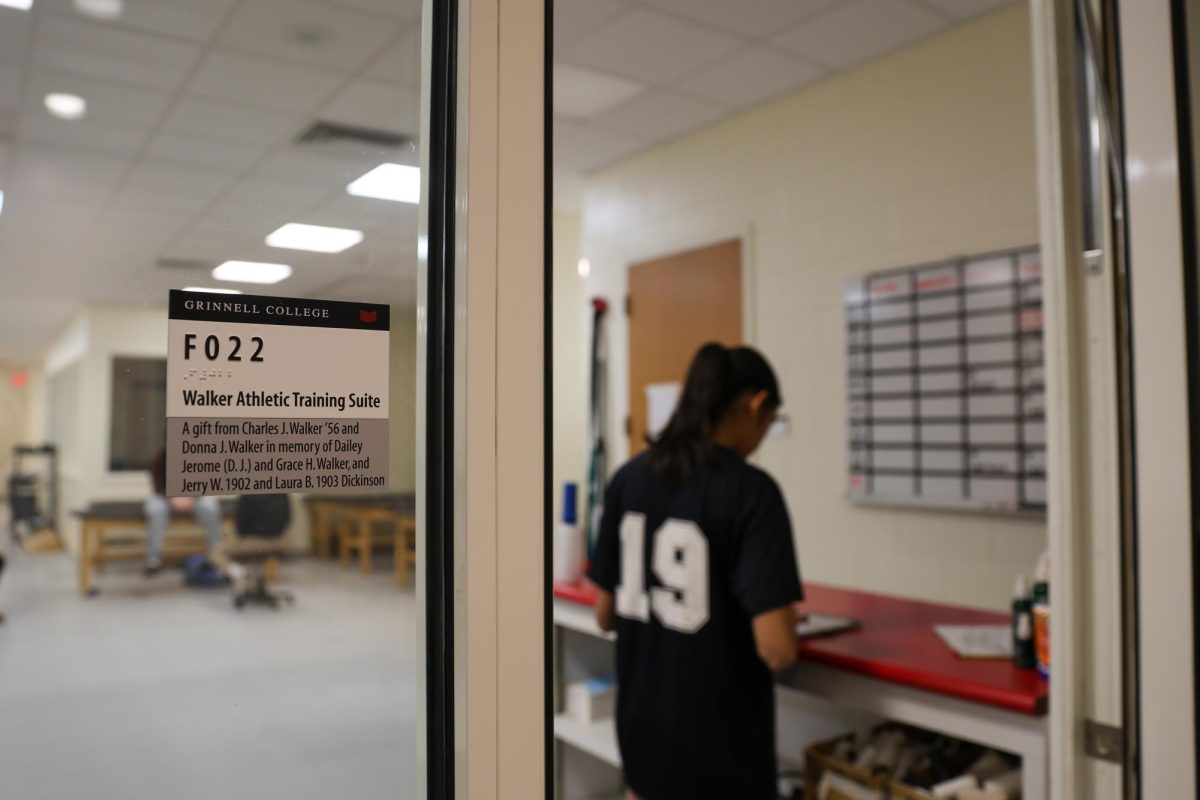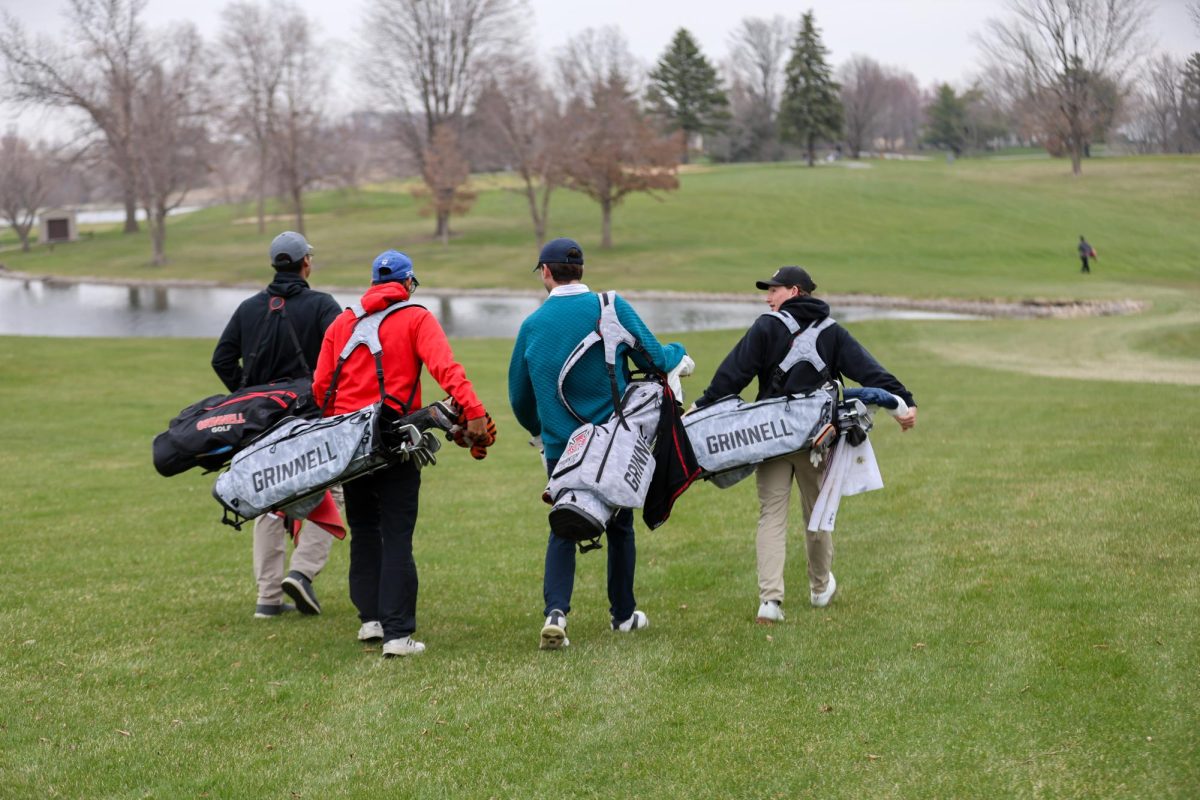For many students at Grinnell College, the rhythm of sports schedules is dictated by the calendar competitions of the school’s 18 athletic teams. But behind every game lies a season of preparation, often unseen by those outside the teams. Grinnell athletes, like those at many other institutions, follow training regimens set by the National Collegiate Athletic Association (NCAA), which have undergone changes in recent years.
“There’s been changes in NCAA rules that allow us to have a longer preseason,” said Reese Komsthoeft `25, a midfielder on the women’s soccer team.
“I think, without the preseason, if we just jumped into playing games, we would not be performing as well or able to compete, because it really gives us the time to bond as a team,” Komsthoeft said.
For athletes competing in fall sports, however, the start of the academic year comes with unique challenges. Players are required to arrive on campus two weeks before classes begin, a schedule that can disrupt the college’s orientation for new students.
“At least for me, when I was a first year, which was so long ago, I remember just being so exhausted and trying to be like, ‘I want to come and meet everyone,’ and ‘I want to do everything,’ but I have practice in like an hour, and I had practiced this morning,” Komsthoeft said.
The structure of preseason varies across sports. Some teams, like cross country, maintain a year-round training cycle that doesn’t conform as neatly to the preseason framework.
“We don’t really technically have that much preseason. We’re almost like going the whole year,” Grace Charron `26, an athlete on the cross country team, said.
For student athletes at Grinnell, managing both academic and athletic demands can be challenging, particularly after the rigors of preseason training.
“My time management in season is so much better because it has to be,” said Jaxon Willoughby `26, forward on the men’s soccer team. “I have to really plan out what I’m trying to do each day, whereas when I’m not in season, I can just mess around a lot more.”
The routine of practicing falls heavily on athletes in sports with extended seasons, like baseball and basketball.
“For baseball specifically, I would say the longer preseason is kind of beneficial for us,” Neill Natori `25 said. “It takes a lot of time for us to ramp up to the amount of volume that’s expected, especially for pitchers.”
“We experience a lot of burnout in basketball because we’re so long, because we’re here over fall break, we’re here over winter break. We’re … always at the school,” Reese Stephens `27 said, an athlete on the women’s basketball team. “We only get spring break off, so we tend to feel a lot of run out within our program.”
Burnout is a challenge for student athletes, compounded by what some see as a lack of support from the wider campus community.
“We don’t get a lot of support from our other students on campus. They don’t come to our games very often,” Stephens said. “And I think that could be helpful.”
“I think fans, in general, are a big part of why sports teams succeed,” Tolu Johnson `25, fourth year on the men’s basketball team, said.
When it comes to college support and preseason lengths, Holly Roepke, director of athletics and recreation declined to comment on the impact of preseason length.
For some student athletes, the physical and mental toll of sports at the collegiate level requires more attention and resources.
“Soccer and athletics are physically demanding, but they’re also very mentally demanding as well,” Tori Thomas `25 said, an athlete on the women’s soccer team. “So kind of adding more resources for that, I think would be helpful.”














Chris Zug '93 • Oct 10, 2024 at 8:52 am
To piggy back on Reese Stephens’ thoughts . . . (please link my Letter to the Editor from last February, as I cannot apparently do it here.)
Thanks!